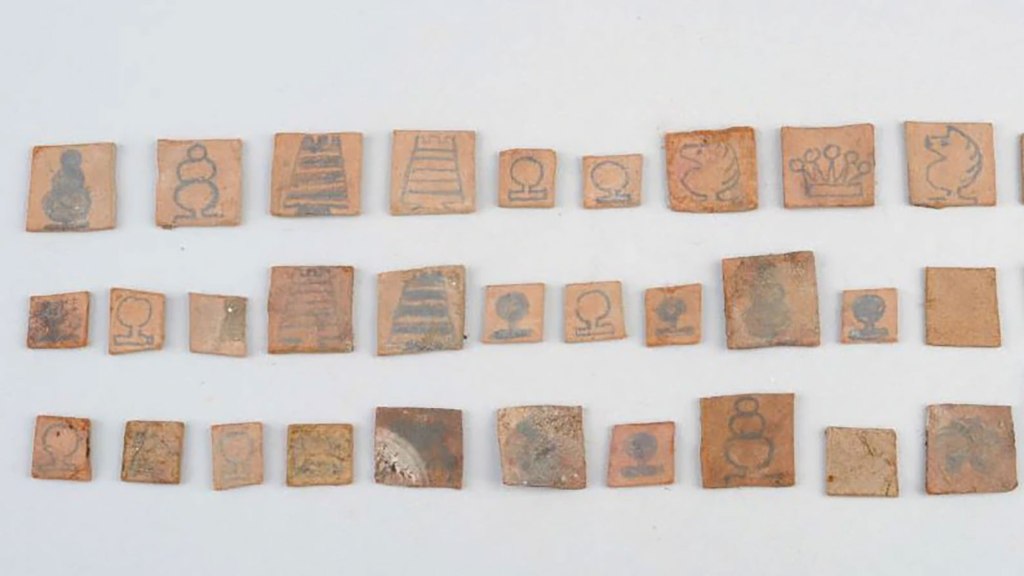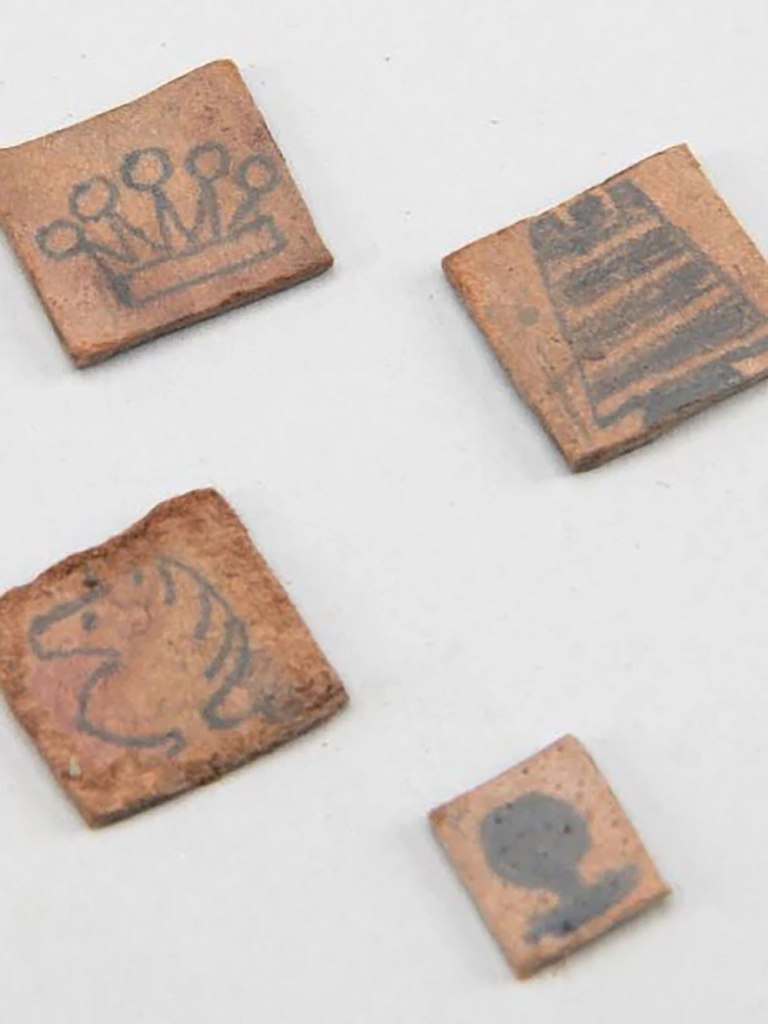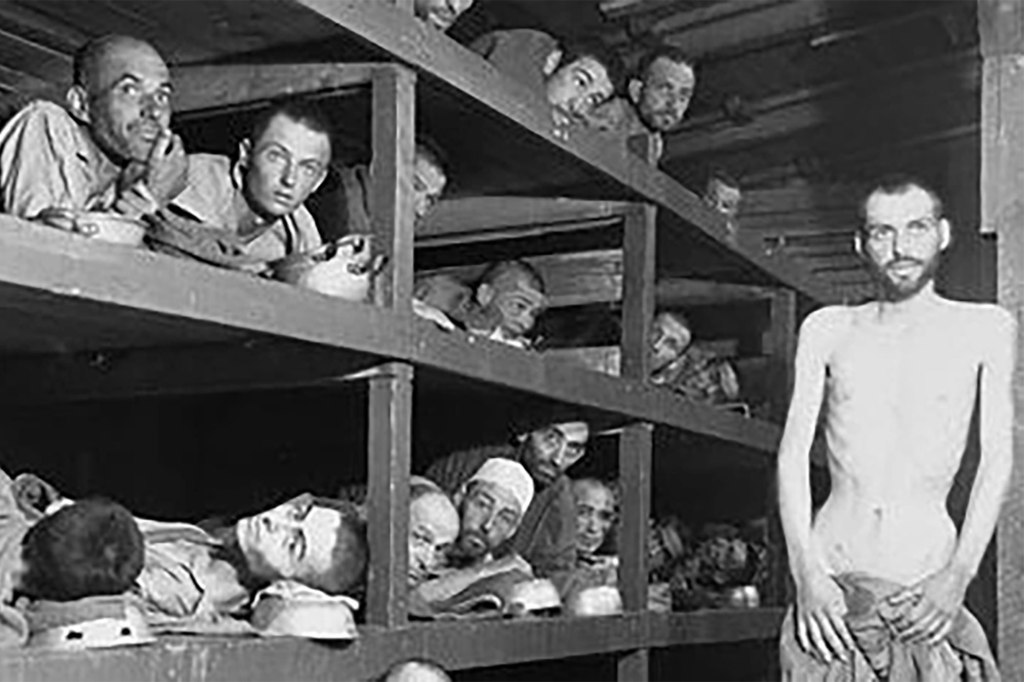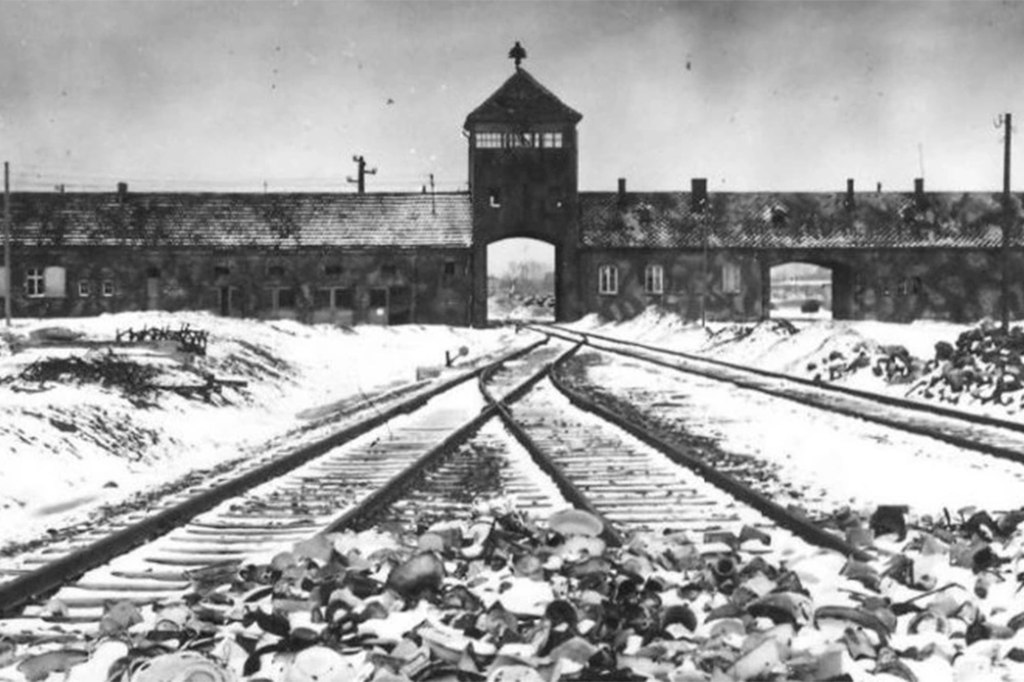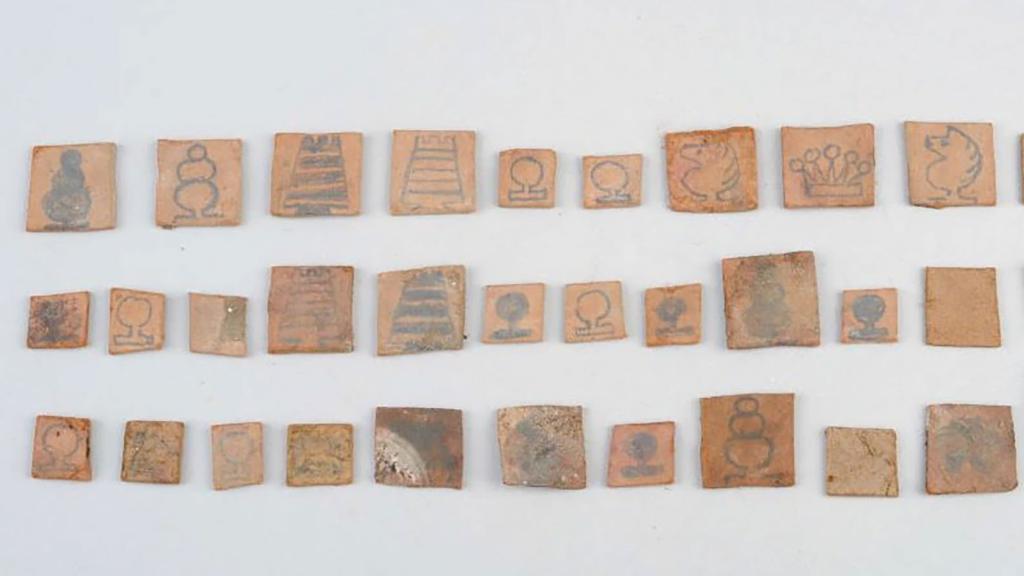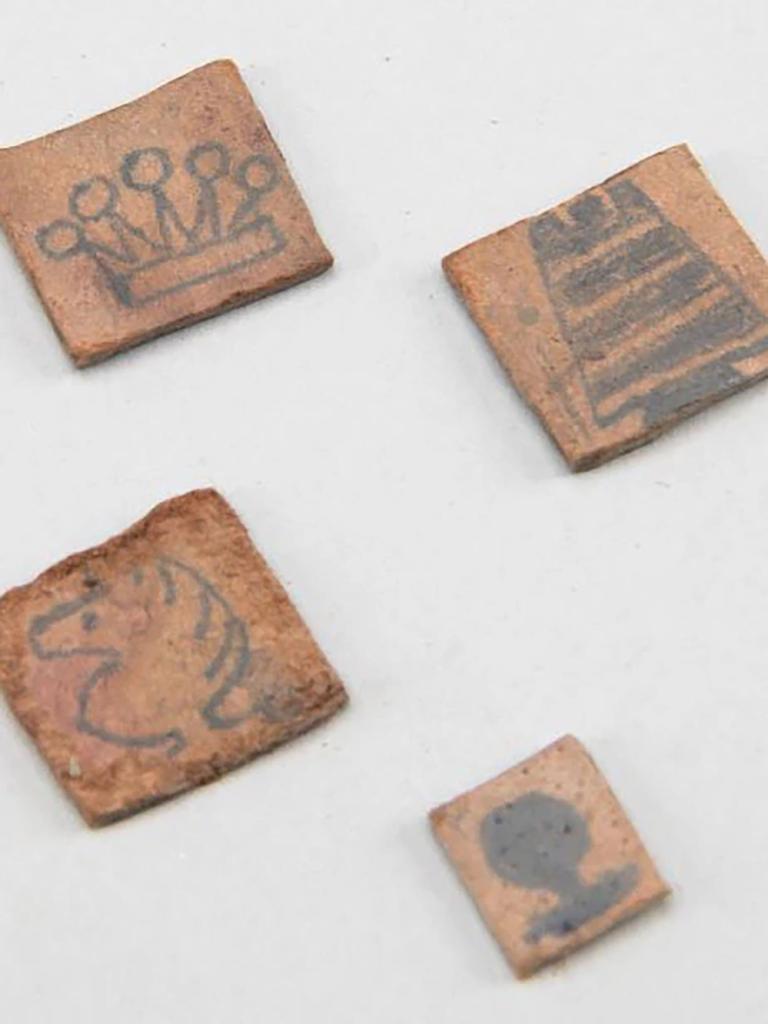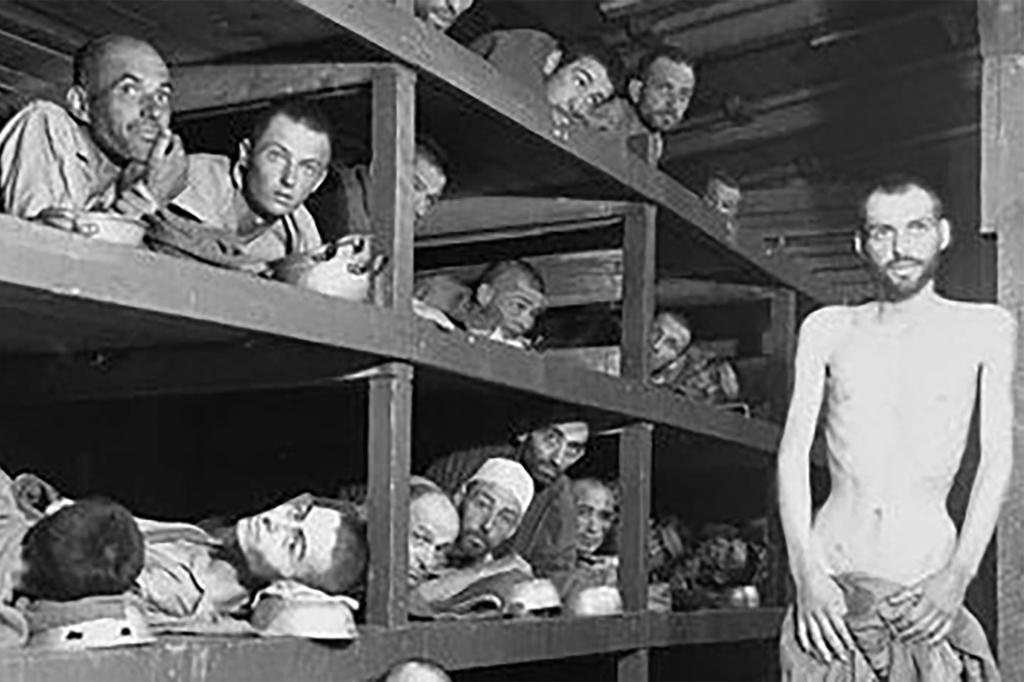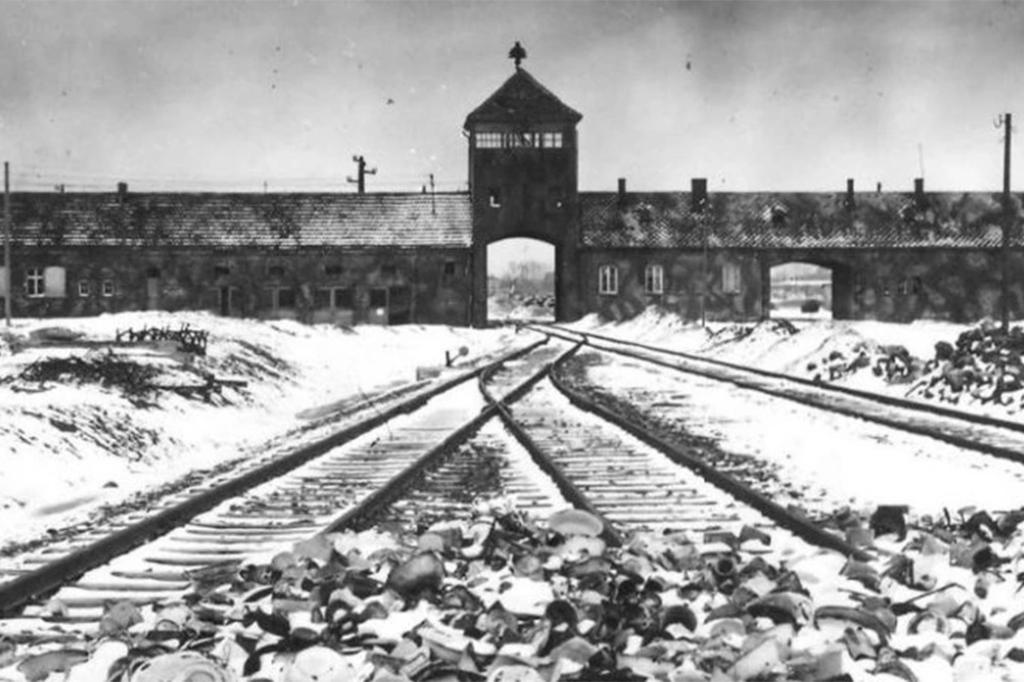Haunting new discovery made under floorboards at Auschwitz concentration camp
An eerie treasure has been uncovered underneath the floorboards at the Auschwitz concentration camp — 35 well-preserved handmade chess pieces.
Renovators at Poland’s Auschwitz-Birkenau State Museum found the incomplete set in the prison’s first floor, hidden under a floorboard so as to avoid detection from the brutal Nazi guards who patrolled the cells.
Elżbieta Cajzer, head of the Auschwitz Museum’s Collections, said the hand-drawn chess pieces were in a “good state of preservation” despite being 80 years old.
Cajzer said the haunting pieces give the world a look at the daily lives of prisoners in Europe’s deadliest concentration camp during the Holocaust.
“Several drawings may be a bit blurry, but the images of rooks, pawns, bishops, and knights are still easily distinguishable,” Cajzer said.
“Nevertheless, the set is incomplete, and some boxes no longer have any traces of the drawing,” she added.
The museum chief said the chess pieces were crafted from cardboard, making them ideal for prisoners to hide them quickly and transport them to others who wanted to play.
“We assume the focus was not on the aesthetic qualities but on functionality, easy portability, and quick concealment,” Cajzer said.
Given that Auschwitz guards would routinely beat, torture and execute prisoners for trivial matters, it stands to reason that any prisoner caught with the chess pieces would face horrific consequences.
Despite the risks, Cajzer said many prisoners would find ways to get their hands on pieces of cardboard, wood or even breadcrumbs to construct chess pieces or playing cards.
“Camp prisoners treated mental activities as a respite from the brutal camp reality. The necessary items for the game were most often produced illegally by prisoners,” she added.
Jan Dziopek, a Holocaust survivor and former warehouseman at Auschwitz’s carpenter shop, said he crafted such chess sets himself inside a secret attic.
Dziopek said Nazi officers would order him to create game pieces for them, but as he completed their orders, the craftsman would secretly build sets to sneak into the prison halls.
“I had to fulfill their orders because, under the guise of working for them, I could fulfill the requests of my colleagues, who paid me with rations of bread or camp soup,” Dziopek said.
“My colleagues from kitchens and various warehouses purchased these items from me, as they had no difficulty obtaining food,” he added.
Dziopek’s trades, however, did not go unpunished by the Nazis, as he said he received lashings whenever his work was uncovered.
The Auschwitz concentration camp was established in April 1940 as a prison to hold Nazi Germany’s enemies following the invasion of Poland.
Start and end your day informed with our newsletters
Morning Report and Evening Update: Your source for today's top stories
Thanks for signing up!
The concentration camp was the site of mass killings through gas chambers, where even those who survived experienced torture, starvation, exhaustion and disease.
Many others were killed in gruesome medical experiments conducted by the Nazis.
By the time the camp was liberated by Allied forces in 1945, the world learned that of the 1.3 million people sent to Auschwitz, 1.1 million were murdered.
The total includes about 960,000 Jews, with the vast majority of them immediately sent to the gas chambers.
With Post wires








